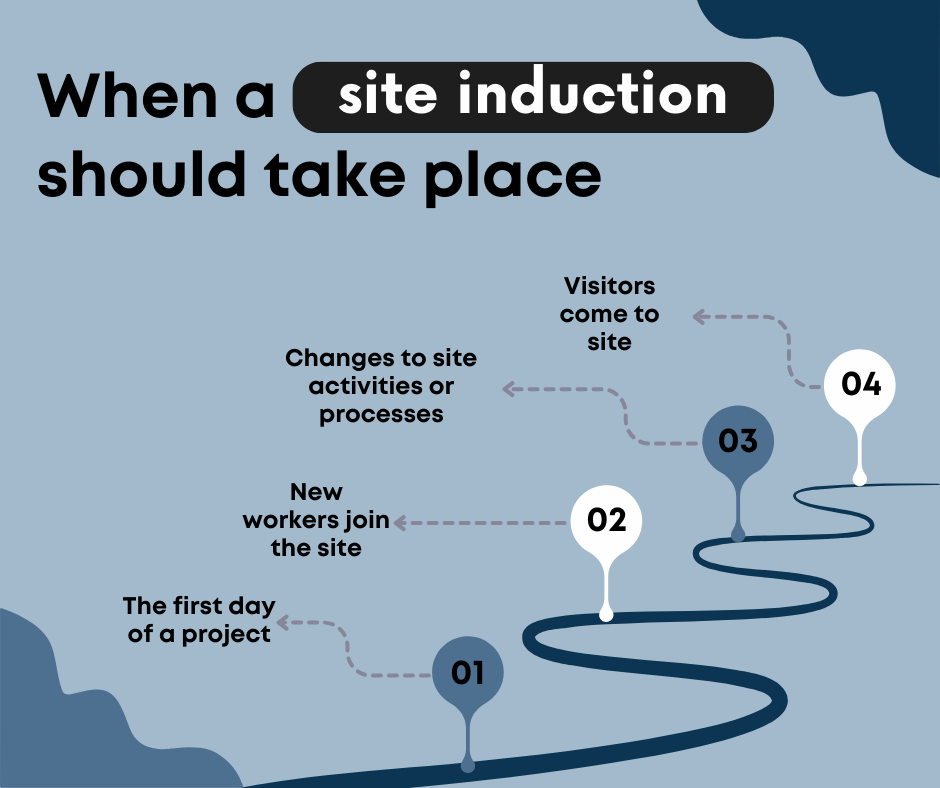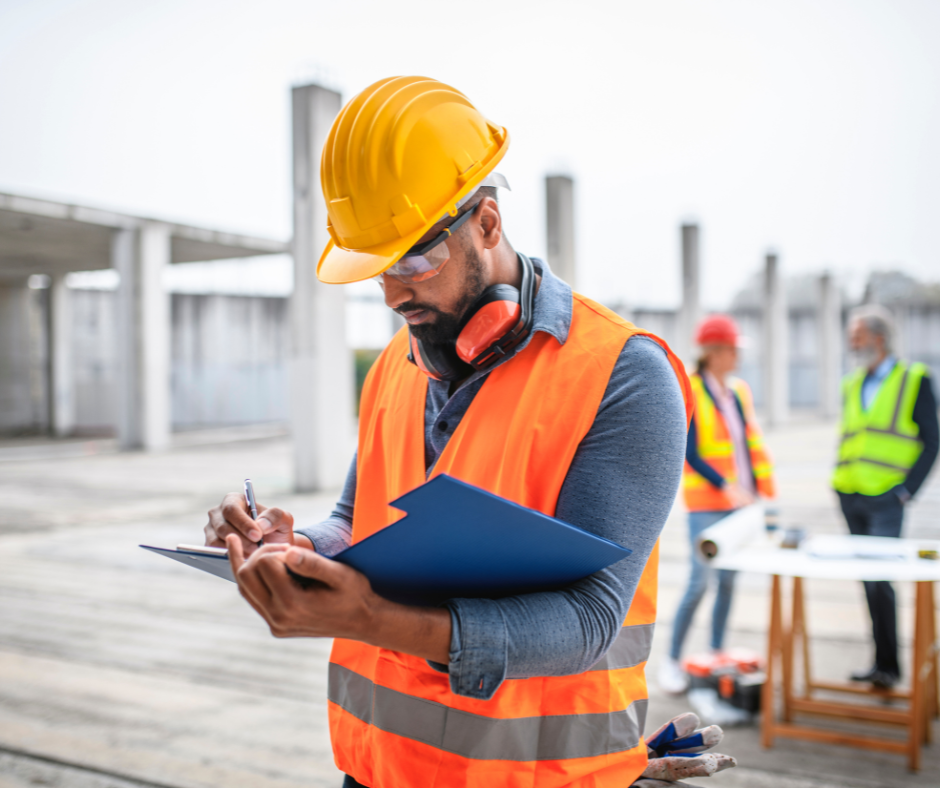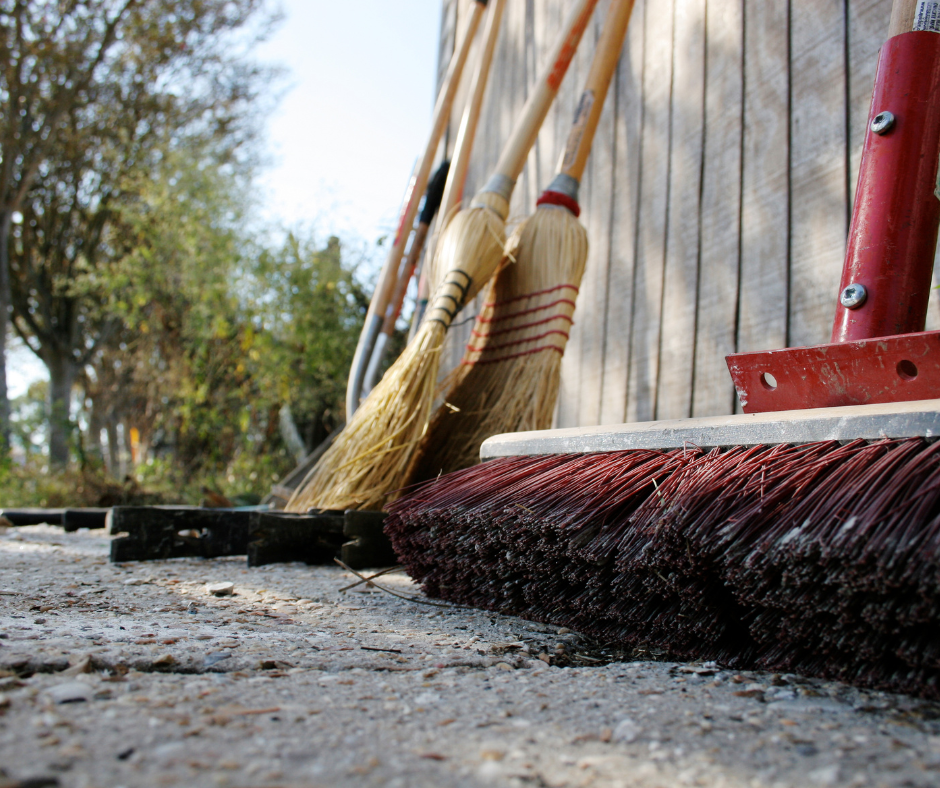Site inductions are a vital part of construction site safety, and play an important role in building site risk management.
Keep reading to learn the essentials, including who site inductions should be attended by, what a construction site induction should include, and more.
1. What a site induction is
Like any type of induction, a construction site induction introduces workers to their workplace, making sure they understand internal procedures and have access to key information.
However, unlike the typical induction you’ll receive when you first start a new job, site inductions are required every time someone starts working on a new site.
2. When a site induction should take place
 Site inductions are required in a number of scenarios:
Site inductions are required in a number of scenarios:
- The first day of a project – this is a new site for all members of the team
- New workers join the site – as the project progresses, different trades will be required on site
- Changes to site activities or processes – the original induction may no longer be relevant or sufficient
- Visitors come to site – everyone on site must know the safety rules on site, even occasional or one-off visitors
3. Legal requirements of site inductions
As part of the Health and Safety at Work etc. Act 1974, employers are legally required to provide information and instruction to their employees. Inductions are part of this obligation, making them a legal requirement in the UK.
4. CDM requirements of site inductions
Additionally, on account of the variance between construction sites, the Construction (Design and Management) Regulations (CDM), which apply to all construction work, requires that all workers must receive a site-specific induction at every new site they work on.
What should a site induction include?
5. Site management details
 Make sure workers know:
Make sure workers know:
- Who they report to and the roles and responsibilities of management on site
- Who the site manager is
- Who the supervisors are
- Who the fire marshals are
- Who the first aiders are
6. Individual responsibilities
Workers should understand how to follow risk assessments and method statements, and the process for reporting any concerns.
They should make sure to look out for the safety of their fellow workers, and stop works if health and safety issues are identified.
7. Project details
- Details of the types of work taking place on site and where they are located
- What works may be happening near the worker and the risks these could pose
- Detailed of restricted areas
- PPE requirements
- Site layout, including:
- welfare facilities
- access routes
- delivery routes
- storage areas
- escape routes
- fire-fighting equipment
8. Risks, procedures and accidents
 Site-specific risks should be made known to all staff, including both the risks of the worker’s own activities and other risks present on site – such as asbestos.
Site-specific risks should be made known to all staff, including both the risks of the worker’s own activities and other risks present on site – such as asbestos.
Each site will have its own procedures – information should be shared to ensure everyone knows:
- Emergency procedures
- How to sign in
- Permit requirements
- Housekeeping rules
- Toolbox talk and briefing schedule
- PPE acquisition process
Workers should also know how to report near misses, incidents, accidents and unsafe conditions.
9. Meetings and consultations
Consulting with your workforce and involving them in health and safety matters is important in building a positive H&S workplace culture. Make sure that schedules for meetings are shared and that staff are given a platform to speak.
10. Wellbeing
It is important that all workers are provided with details of mental health first aiders, information about what support is available, and a way to raise concerns for a colleague’s mental health.

PPE and Site Induction training courses are essential tools in ensuring external suppliers meet health and safety requirements. Make sure you don’t miss out on our 10% off deal on these courses, available until the end of May. Simply enter the code ‘outsourcing10’ at checkout to save!
Read more Top 10 Tips blogs here.
To keep up to date with the latest health & safety news and advice, follow us on social media:
